Fact Sheets
Unpolished rice becomes rancid during storage
Dehusked, unpolished rice grains are covered by the nutrient-rich bran and aleurone layers. Because these layers are rich in lipids (fats), they oxidise rapidly when exposed to air during prolonged storage. This process results in rancid tasting, unpalatable rice grains. Polishing (taking away the outer layers), on the other hand, produces rice grains devoid of the nutrients contained in the aleurone and bran but with stable colour, smell and taste, even after long storage periods.
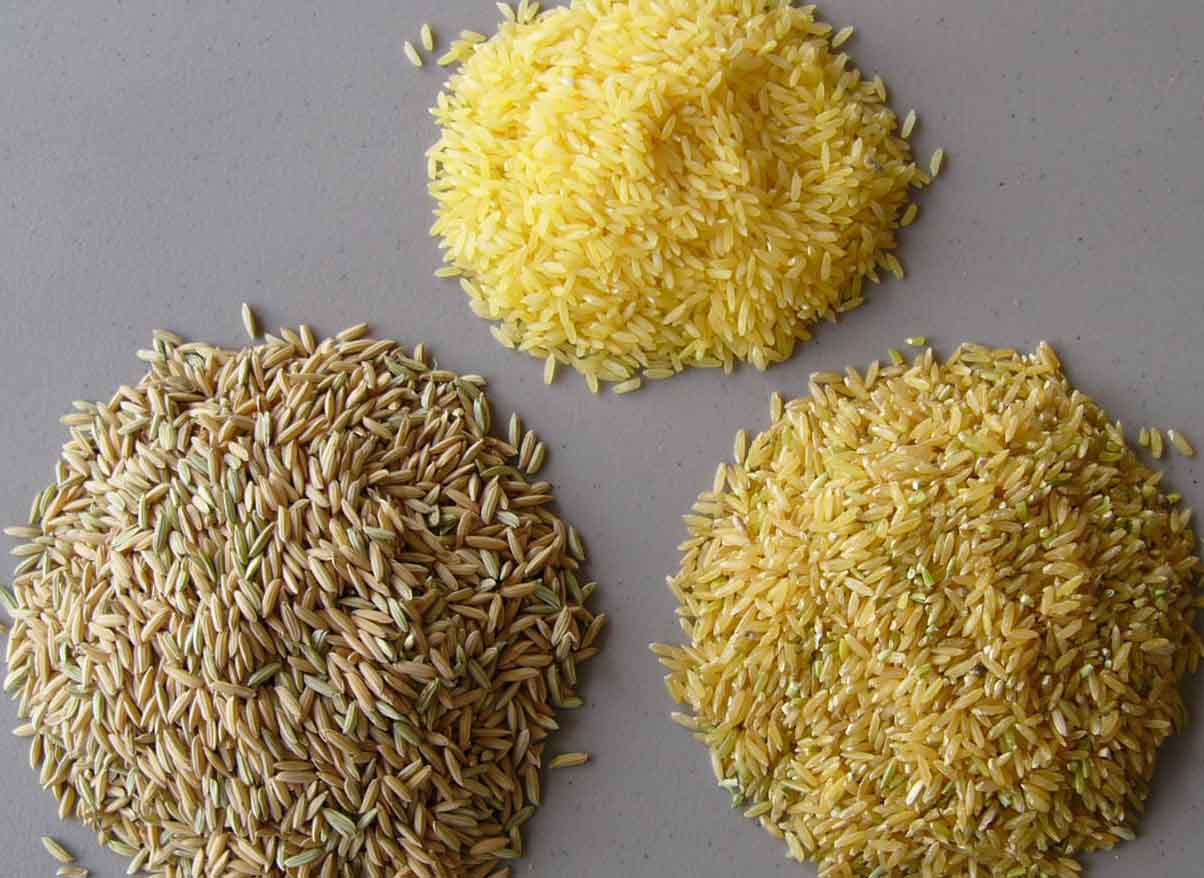
From bottom left, anti-clockwise: freshly harvested Golden Rice grains; dehusked rice grains; polished rice grains.
Parboiled rice
Parboiling is a process applied to rice to preserve some of the nutrients contained in the outer grain layers (the bran and aleurone layers), which are normally lost during polishing. After a short hot steam treatment part of the nutrients diffuse into the starchy endosperm, thus enhancing the nutritive qualities of the rice. The treatment results in rice that is slightly yellow, hence some parboiled rices carry the name "Golden Rice", which must not be confused with the one produced by genetic modification, as in the project described on this web site.
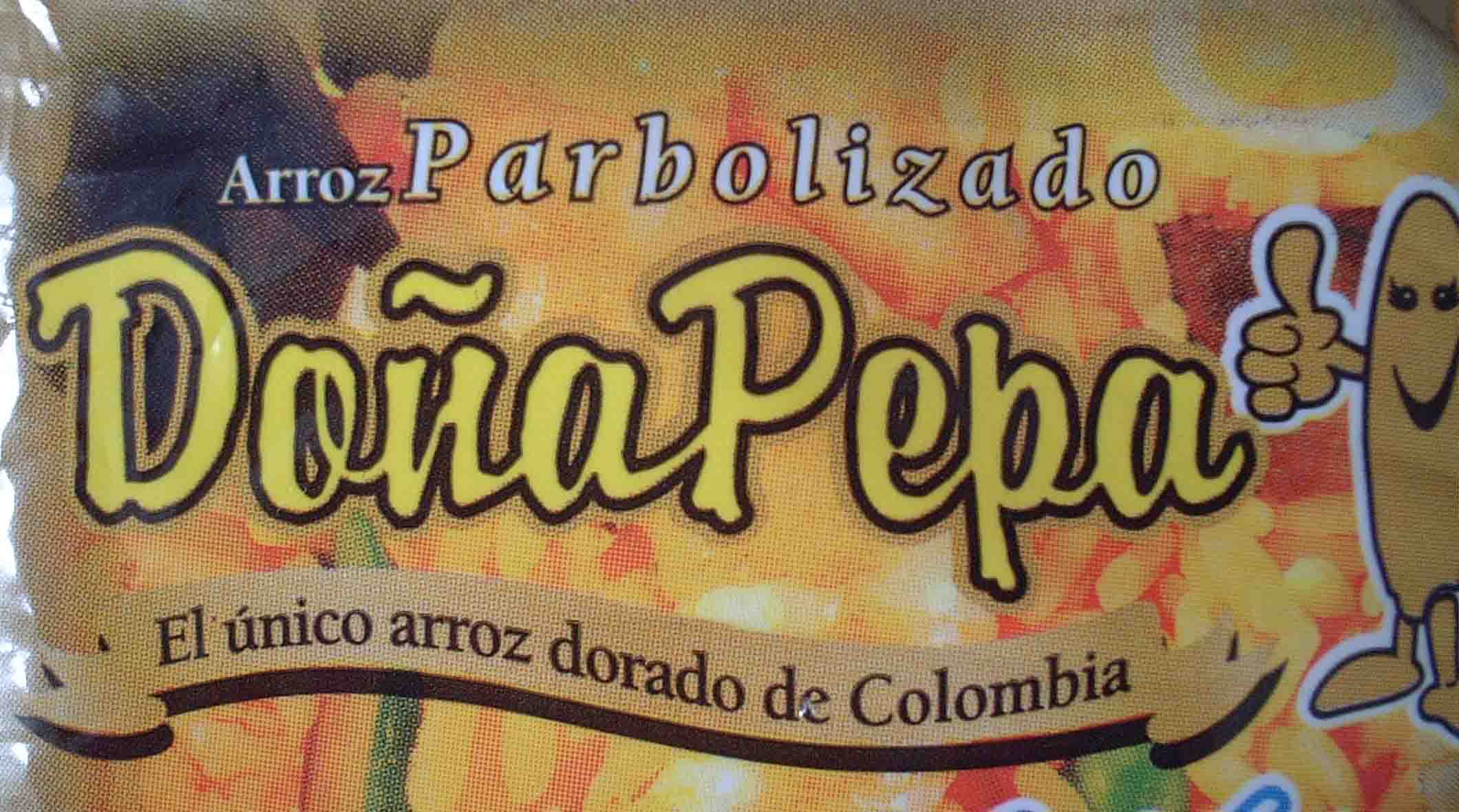
Because of its golden hue, parboiled rice is called "Golden Rice" in some countries, like the Colombian rice on the picture. While this rice has good nutritional characteristics, mainly due to the presence of soluble vitamins from the B complex, it is different from rice engineered to produce β-carotene in the endosperm.
Clinical Significance of Vitamin A Deficiency
Vitamin A is stored in the liver and deficiency of the vitamin occurs only after prolonged lack of dietary intake. An early symptom of vitamin A deficiency is night blindness. Additional early symptoms include follicular hyperkeratinosis, increased susceptibility to infections and cancer, and anemia &endash;equivalent to iron- deficiency anemia. Prolonged lack of vitamin A leads to deterioration of the eye tissue through progressive keratinization (hardened cell layers) of the cornea, a condition known as xerophthalmia. The increased risk of cancer is thought to be the result of a depletion in vitamin A reserves. β-carotene is a very effective antioxidant and is suspected to reduce the risk of cancers known to be initiated by the production of free radicals. Of particular interest is the potential benefit of increased β-carotene intake to reduce the risk of lung cancer in smokers. However, caution must be exercised when increasing the intake of any of the lipid soluble vitamins. Excess accumulation of vitamin A in the liver can lead to toxicity which manifests itself as bone pain, hepatosplenomegaly (enlarged liver), nausea and diarrhea.
Rice consumption and VAD
The potential impact of Golden Rice depends on rice consumption patterns in a given country. Target countries for Golden Rice deployment have been selected based on dietary patterns by country. It is important to also calculate how much provitamin A is obtained by consumers from other nutrient sources in their diet. This allows us to calculate the gap that must be filled by Golden Rice or other dietary inputs.
The data presented in the tables below are for adults. Children under 6 eat in average about half as much as an adult.
Countries consuming more than 400 grams per person per day
| Country | SVAD % |
TDCI % |
VAID μg/day |
|---|---|---|---|
| Bangladesh | 28 | 71 | 55.6 |
| Cambodia | 42 | 72 | 90.3 |
| Indonesia | 26 | 51 | 289 |
| Lao PDR | 42 | 66 | 141 |
| Myanmar | 35 | 68 | 86.8 |
| Viet Nam | 12 | 65 | 95.8 |
SVAD, Sub-clinical vitamin A deficiency in children under 6 (UNICEF);
TDCI, total daily rice-based caloric intake (FAO); VAID, vitamin A intake from diet (FAO).
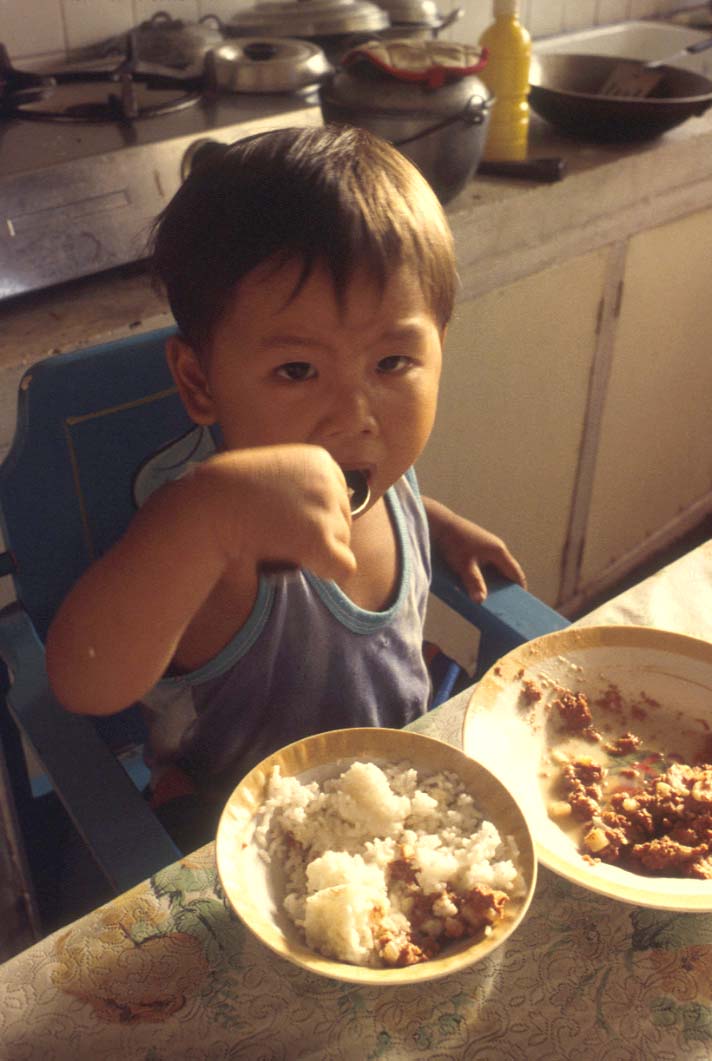
Everybody needs vitamin A but small children are more susceptible to the lack thereof. The recommended daily allowance (RDA) for children 1-3 years of age is 300 μg per day. Supplying half that amount would maintain a healthy vitamin blood level.
Countries consuming approx 200 grams per person per day
| Country | SVAD % |
TDCI % |
VAID µg/day |
|---|---|---|---|
| Brunei | 28 | 216 | |
| Burkina Faso | 46 | 6 | 65.2 |
| China | 12 | 29 | 288 |
| Cuba | 15 | 125 | |
| Guinea | 40 | 33 | 229 |
| Guinea Bissau | 31 | 42 | 163 |
| Guyana | 31 | 55.5 | |
| India | 57 | 34 | 124 |
| Korea DPR | 34 | 191 | |
| Korea, Rep | 30 | 260 | |
| Madagascar | 42 | 48 | 49.7 |
| Malaysia | 30 | 330 | |
| Nepal | 33 | 38 | 144 |
| Philippines | 23 | 42 | 106 |
| Senegal | 61 | 30 | 106 |
| Sierra Leone | 47 | 45 | 331 |
| Sri Lanka | 39 | 34.9 | |
| Suriname | 27 | 63.6 | |
| Thailand | 22 | 44 | 114 |
| Timor-Leste |
SVAD, Sub-clinical vitamin A deficiency in children under 6 (UNICEF);
TDCI, total daily rice-based caloric intake (FAO); VAID, vitamin A intake from diet (FAO).
Golden Rice flyer  by the Golden Rice Humanitarian Board.
by the Golden Rice Humanitarian Board.
Golden Rice fact sheet from the International Rice Research Institute (IRRI), The Philippines here available.
from the International Rice Research Institute (IRRI), The Philippines here available.
Golden Rice, the real thing
Millions could be saved, if only ...
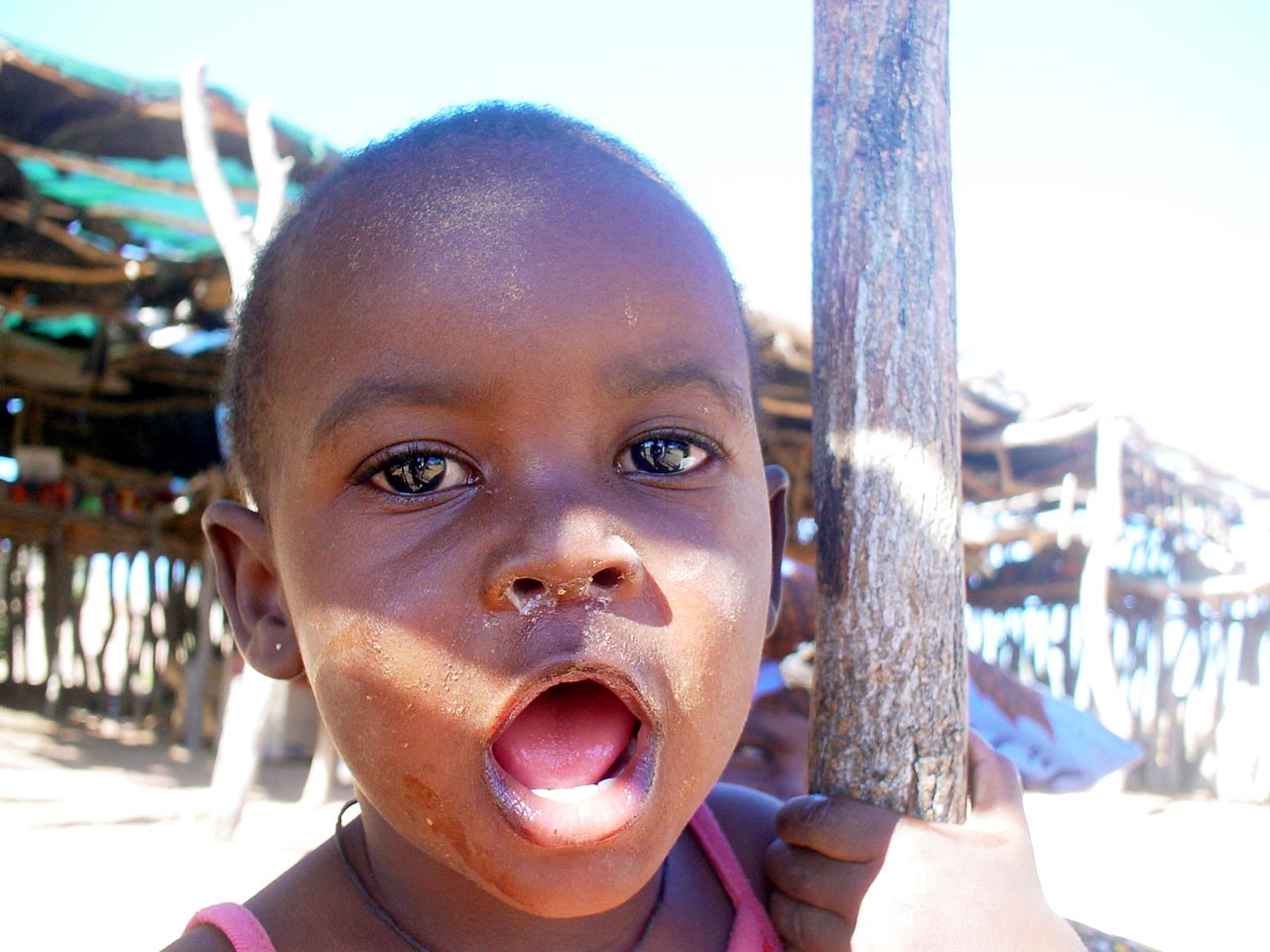
July 2010. According to an article in the reputed science journal Nature, unjustified and impractical legal requirements are stopping genetically engineered crops from saving millions from starvation and malnutrition. And there are hundreds of millions of hectares of genetically modified crops grown over many years in many countries to prove that it is time for the world to recognise that the process does not create plants any different from those we have created for thousands of years using what we call conventional agriculture.
Golden Rice is now within reach
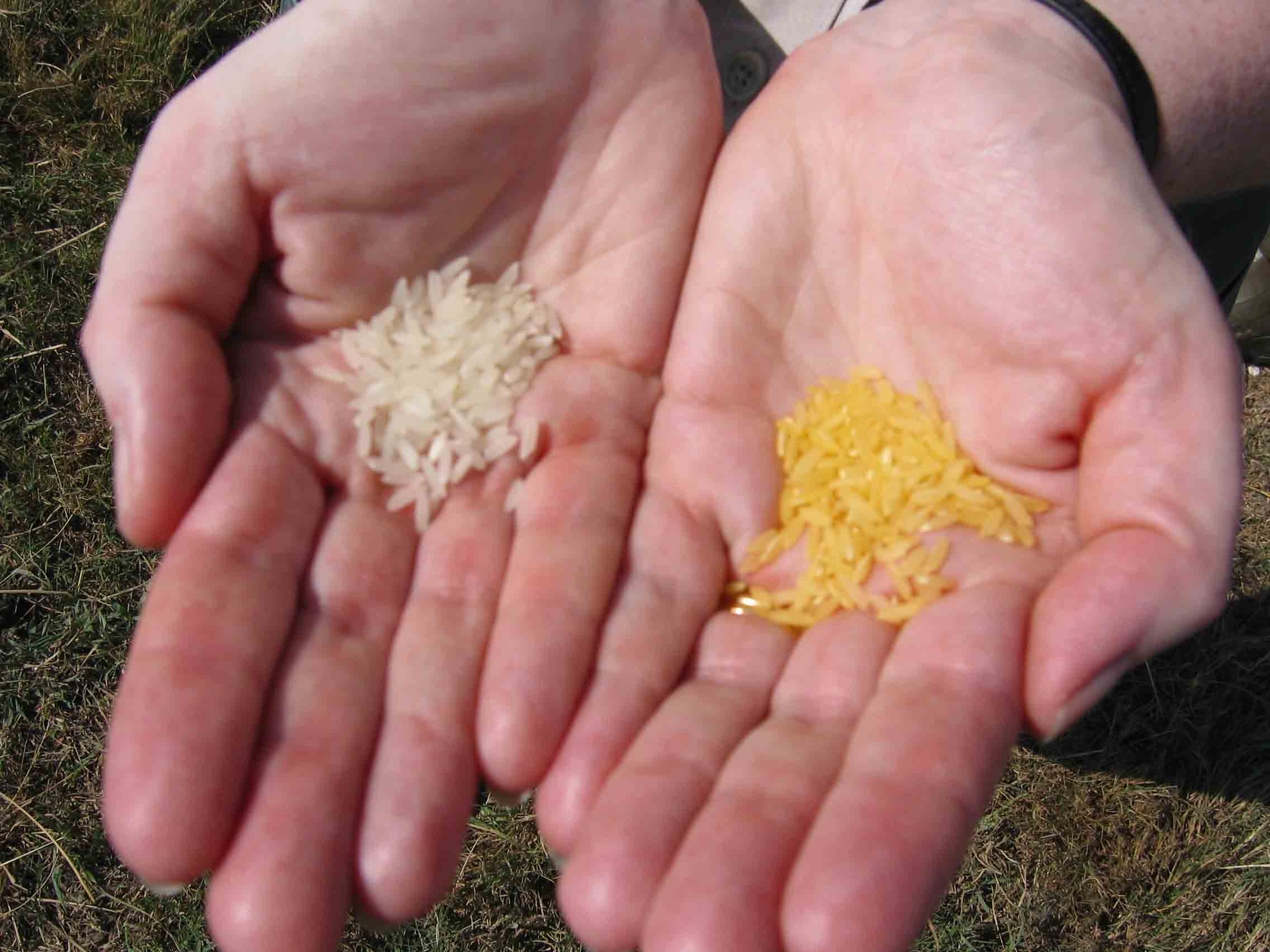
The Rockefeller Foundation is helping Golden Rice obtain regulatory approval. During her keynote speech at the World Food Prize's "Borlaug Dialogue" on 17 October 2008, the Foundation's president Judith Rodin announced that the Foundation would be providing funding to the International Rice Research Institute to shepherd Golden Rice through national, regulatory approval processes in Bangladesh, India, Indonesia, and the Philippines.
Realistic solutions

Alfred Sommer, Chairman of the Micronutrient Forum 2009 speaks about realistic solutions to reduce micronutrient malnutrition
Ingo Potrykus and Peter Beyer, inspiring to scientists all over the world
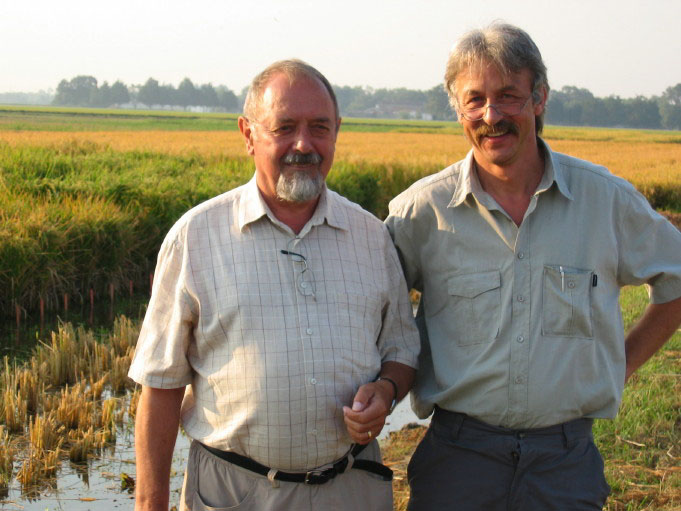 Ingo Potrykus and Peter Beyer have been recognised as inspiring for scientists and many others. The coinventors of Golden Rice have been voted the most notable personalities in the areas of agricultural, environmental and industrial biotechnology by readers of Nature Biotechnology on the occasion of the journal's 10th anniversary. Ingo Potrykus has also been listed among the Top 100 living contributors to biotechnology in a poll conducted among peers by The Scientist and Reed Exhibitions
Ingo Potrykus and Peter Beyer have been recognised as inspiring for scientists and many others. The coinventors of Golden Rice have been voted the most notable personalities in the areas of agricultural, environmental and industrial biotechnology by readers of Nature Biotechnology on the occasion of the journal's 10th anniversary. Ingo Potrykus has also been listed among the Top 100 living contributors to biotechnology in a poll conducted among peers by The Scientist and Reed Exhibitions
